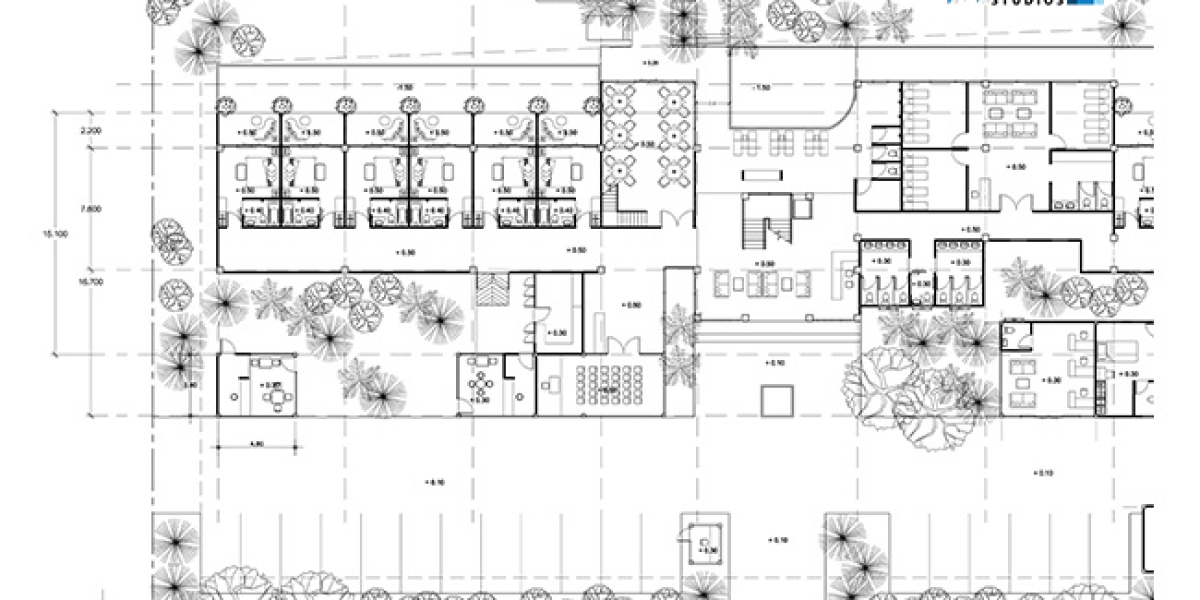The millwork industry is undergoing a major transformation. What was once a field defined by hand-drawn sketches and manual drafting is now evolving into a digital-first discipline powered by advanced software and 3D visualization.
Digital drafting and 3D shop drawings have become essential tools, not only for improving accuracy but also for enhancing collaboration between designers, architects, contractors, and fabricators.
These modern techniques allow for clearer communication, fewer errors, and faster project delivery, while also opening the door to more innovative and customized designs.
As construction and interior design projects grow in complexity, the adoption of digital drafting and 3D shop drawings is shaping the future of millwork—turning creative visions into precise, buildable realities.
Evolution of Millwork Drafting
Millwork drafting has come a long way from where it began. In the early days, drawings were done entirely by hand. Craftsmen and drafters would spend hours creating detailed sketches with pencils, rulers, and paper. These drawings served as guides for fabricators, but they often left room for errors because measurements and details could be misread or overlooked.
As technology advanced, the drafting process began to change. The introduction of computers brought a big shift with Computer-Aided Design (CAD) software. CAD allowed drafters to create accurate, clean, and easy-to-edit digital drawings. Mistakes could be fixed quickly, and changes no longer required starting from scratch. This saved time and improved accuracy, making millwork drafting more reliable.
Today, the industry is moving even further with the use of 3D modeling and Building Information Modeling (BIM). These tools allow drafters and designers to create highly detailed, three-dimensional shop drawings. Unlike flat 2D drawings, 3D models give a clear view of how the final product will look and fit into a space. This reduces confusion, improves communication between teams, and helps avoid costly mistakes during fabrication and installation.
The evolution of millwork drafting shows how technology has made the process faster, smarter, and more precise. What once took hours of manual effort can now be achieved with just a few clicks, giving both designers and clients more confidence in the final outcome.
Digital Drafting in Millwork
Digital drafting has become a game-changer in the millwork industry. Unlike traditional hand drafting, where every line and detail had to be drawn manually, digital drafting uses computer software to create precise and accurate shop drawings. This shift has made the entire design and fabrication process faster, easier, and more reliable.
With digital drafting tools like AutoCAD, Revit, and other specialized millwork software, drafters can produce detailed 2D and 3D drawings that capture exact measurements, materials, and design features. These drawings serve as a common language between designers, architects, contractors, and fabricators, ensuring everyone is on the same page.
One of the biggest benefits of digital drafting is flexibility. If a client requests changes, drafters don’t need to redo the entire drawing. Instead, updates can be made quickly, saving both time and effort. This reduces the chances of errors and avoids delays in production.
Digital drafting also supports advanced visualization. Through 3D shop drawings, clients can see how cabinets, shelves, counters, or custom woodwork will look before anything is built. This helps in making better decisions, improving communication, and increasing client satisfaction.
Role of 3D Shop Drawings
3D shop drawings play a very important role in today’s construction and design industry. Unlike traditional 2D drawings, 3D shop drawings provide a clear, realistic view of how a project will look and function before it is built. This makes it easier for architects, designers, contractors, and clients to understand every detail.
The main role of 3D shop drawings is to reduce mistakes and confusion. In 2D, some details may be hard to visualize, which can lead to errors during manufacturing or installation. With 3D, every angle, size, and connection is visible, leaving little room for misunderstanding. This helps ensure accuracy and saves time as well as costs during the project.
Another important role is better communication. When clients see a 3D drawing, they can easily imagine the final outcome and suggest changes early. This avoids costly revisions later in the process. It also helps manufacturers and fabricators follow precise measurements, ensuring that all parts fit together perfectly.
3D shop drawings also improve project coordination. They allow different teams—such as architects, engineers, and contractors—to collaborate smoothly. For example, any clash or design conflict can be identified and solved before construction starts.
In short, the role of 3D shop drawings is to bring clarity, accuracy, and efficiency to projects. They act as a bridge between design and reality, making sure that the final product matches the vision. This makes them a valuable tool for modern construction and design work.
Challenges in Adopting Digital Drafting & 3D Shop Drawings
Adopting digital drafting and 3D shop drawings brings many benefits, but it also comes with challenges that companies must face. One of the main challenges is the cost of software and tools. Advanced drafting and 3D modeling software can be expensive, and smaller firms may find it difficult to invest in them. Along with software, there is also the need for powerful computers and updated technology.
Another big challenge is the learning curve. Drafting professionals who are used to traditional 2D methods may struggle to adapt to digital tools. Training is needed to use these programs effectively, and it can take time before the team becomes fully comfortable and productive.
Data management is also a challenge. Digital drafting creates large files that need proper storage, sharing, and version control. Without an organized system, teams may face issues like lost files, outdated versions, or slow collaboration.
Additionally, there can be resistance to change. Some professionals or companies prefer sticking to familiar traditional methods, fearing that digital drafting will take extra effort or disrupt their current workflow.
Lastly, coordination across different software platforms can be an issue. Not all stakeholders use the same tools, which may lead to compatibility problems when sharing 3D shop drawings.
Our Thoughts
The future of millwork is clearly being shaped by digital drafting and 3D shop drawings. What once relied on manual effort and hand-drawn sketches has now transformed into a streamlined, technology-driven process. Digital drafting brings speed, precision, and flexibility, while 3D shop drawings add clarity, better communication, and stronger coordination between teams. Together, they not only reduce errors but also help deliver projects faster and with greater confidence.
At the same time, adopting these modern methods does come with challenges—such as costs, training needs, data management, and resistance to change. However, as the industry continues to evolve, these obstacles are gradually being overcome with better tools and improved workflows.
In the end, digital drafting and 3D shop drawings are more than just new trends—they are powerful solutions that bridge creativity with practicality. By embracing them, the millwork industry can achieve higher efficiency, improved collaboration, and more innovative designs, ultimately turning complex ideas into precise, buildable realities.
















